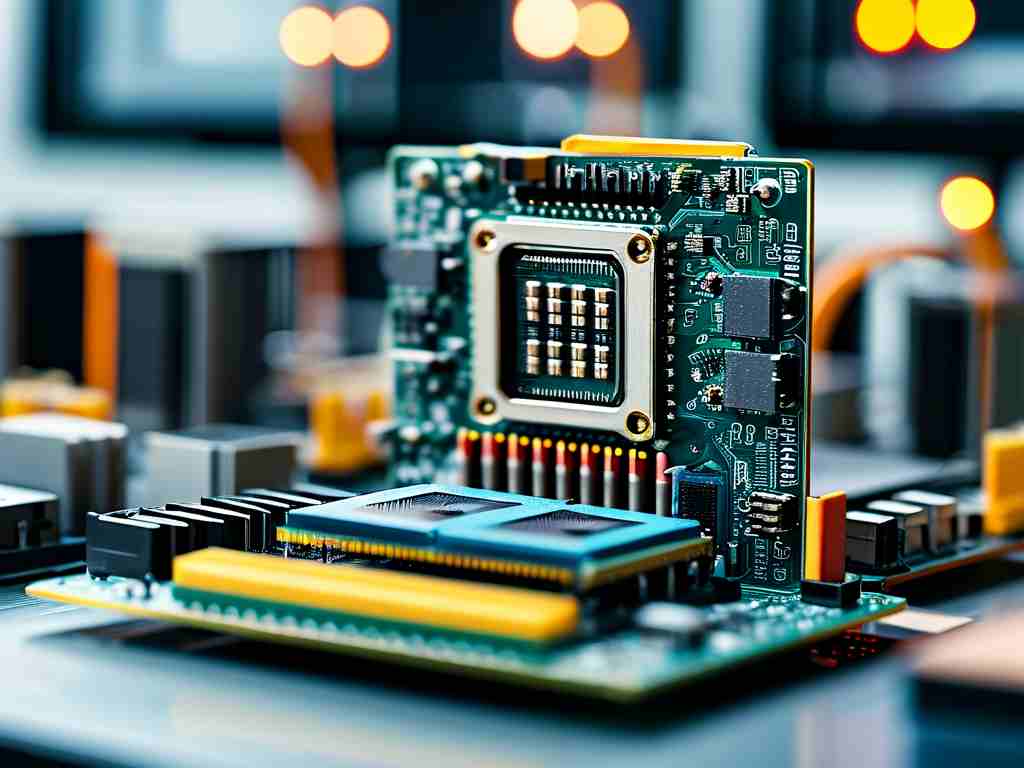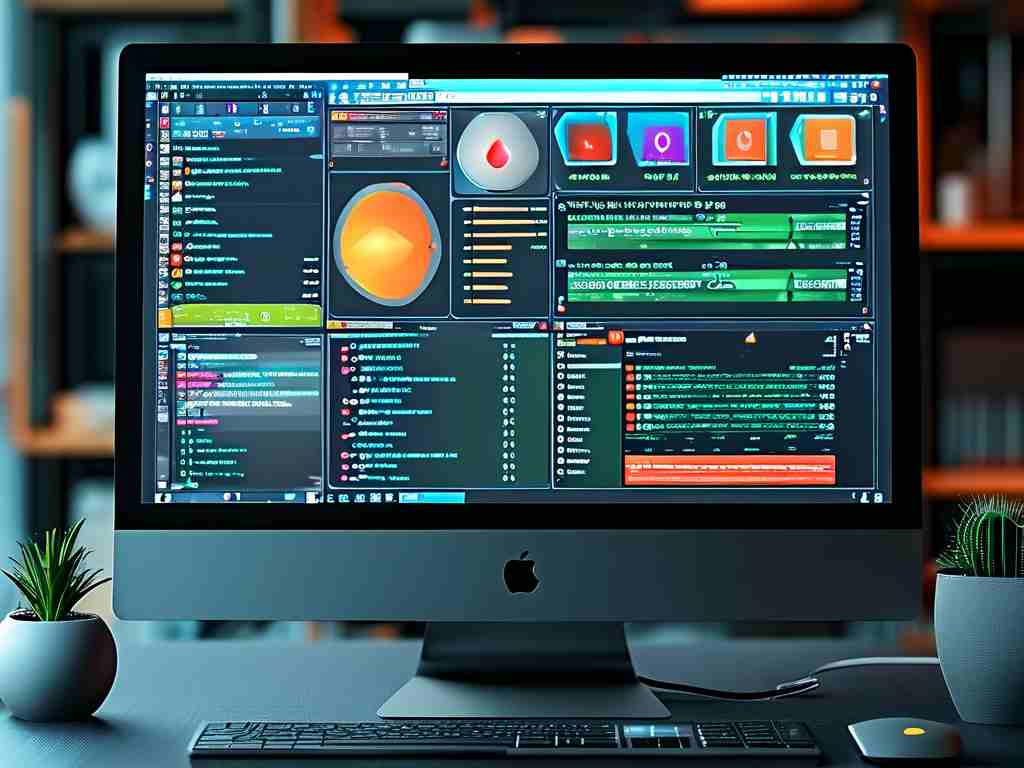Embedded Linux development has become a cornerstone of modern technology, driving innovations in devices from smart appliances to automotive systems. A well-structured course design for this field not only equips students with essential skills but also prepares them for real-world challenges. As educators and developers, creating such a curriculum requires balancing theory with hands-on practice to foster deep understanding and creativity. In this article, we'll explore the key elements of an effective embedded Linux course design, share practical insights, and include code snippets to illustrate core concepts—all while emphasizing the importance of experiential learning.

First and foremost, understanding the fundamentals of embedded Linux is crucial. Unlike general-purpose computing, embedded systems operate in resource-constrained environments, demanding optimized code and efficient resource management. A course should start with an overview of Linux kernel architecture, including modules like device drivers and real-time extensions. For instance, students might learn how the kernel handles hardware interactions through simple examples. One practical exercise involves writing a basic driver; here's a snippet in C to initialize a GPIO pin on a Raspberry Pi:
#include <linux/gpio.h>
#include <linux/module.h>
static int __init gpio_init(void) {
int ret;
ret = gpio_request(17, "sysfs");
if (ret) {
printk(KERN_ALERT "GPIO request failed\n");
return ret;
}
gpio_direction_output(17, 1);
printk(KERN_INFO "GPIO set to output\n");
return 0;
}
static void __exit gpio_exit(void) {
gpio_set_value(17, 0);
gpio_free(17);
printk(KERN_INFO "GPIO cleaned up\n");
}
module_init(gpio_init);
module_exit(gpio_exit);
MODULE_LICENSE("GPL");
This code demonstrates kernel-level programming, a vital skill that helps students grasp low-level hardware control. Moving beyond theory, a robust course design incorporates project-based learning. Assignments could range from building a simple IoT sensor node to developing a custom embedded OS. Such projects encourage problem-solving and teamwork, simulating industry scenarios where developers must integrate sensors, communication protocols, and power management. For example, a mid-term project might involve creating a temperature monitoring system using a BeagleBone board and Python scripts for data logging.
Moreover, the curriculum should cover cross-compilation and toolchain setup, as compiling code for target hardware differs from desktop environments. Students learn to use tools like Buildroot or Yocto Project to create custom Linux images, optimizing for size and performance. This hands-on approach builds confidence; many learners report that debugging a boot failure on actual hardware teaches more than hours of lectures. Additionally, security aspects can't be overlooked—modules on secure boot and kernel hardening prepare students for vulnerabilities in connected devices.
To ensure engagement, the course should include real-world case studies, such as how automotive companies use embedded Linux for infotainment systems. Guest lectures from industry professionals add practical perspectives, while assessments focus on iterative development rather than exams. For instance, final projects could involve open-source contributions, allowing students to collaborate on community-driven embedded projects. This not only enhances resumes but also instills a sense of ownership and innovation.
In , designing an embedded Linux development course demands a blend of foundational knowledge and immersive experiences. By prioritizing practical exercises like the GPIO code above and fostering a project-centric environment, educators can produce graduates ready to tackle evolving tech demands. Ultimately, such courses bridge the gap between academia and industry, empowering the next generation of embedded engineers to innovate responsibly.









